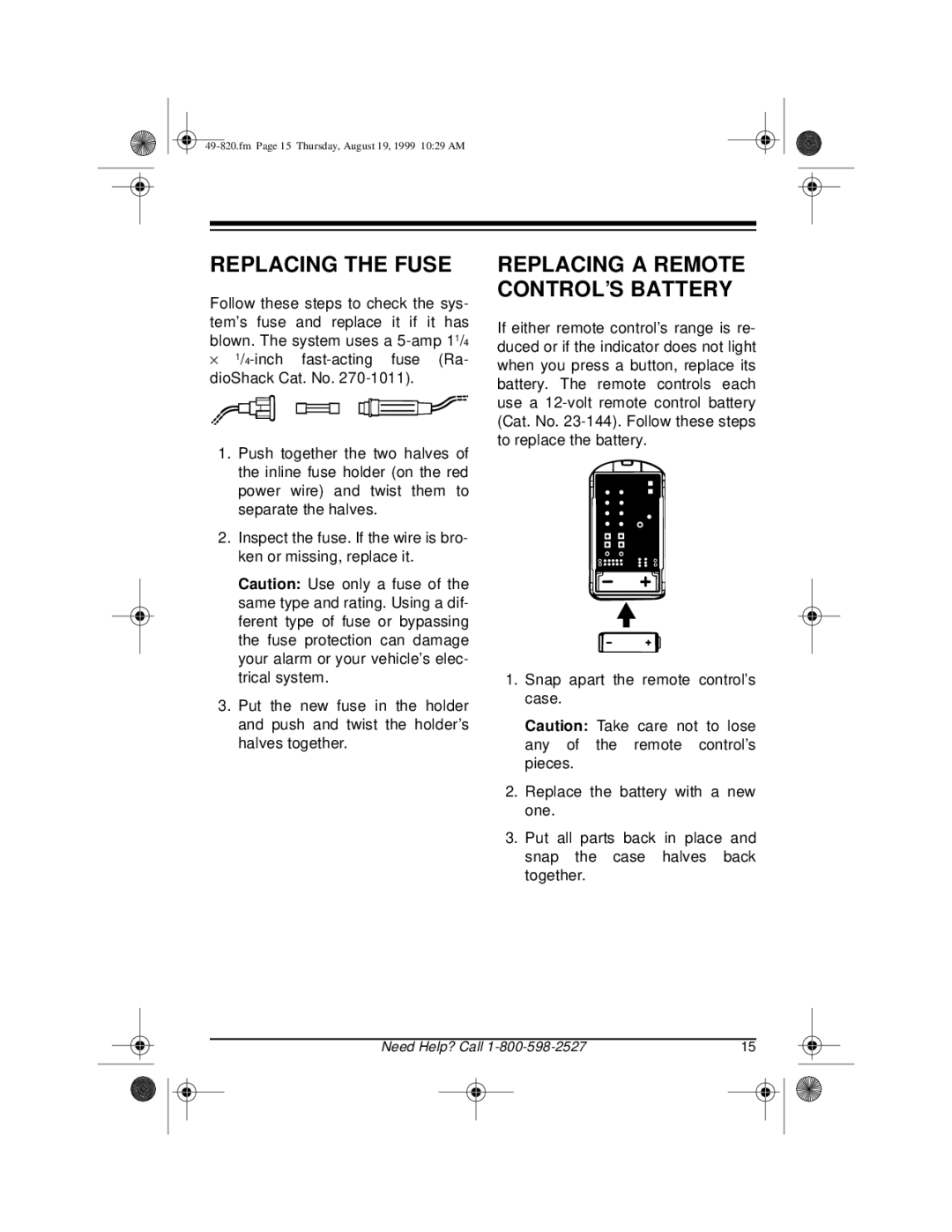RS-2000 specifications
Radio Shack, a name synonymous with consumer electronics for decades, released the RS-2000, a dynamic and robust engineering marvel that captured the imagination of tech enthusiasts in the early 1980s. As one of the pioneering microcomputers of its time, the RS-2000 offered user-friendly features that appealed to both amateurs and experienced users alike.At the heart of the RS-2000 was its powerful Intel 8080 microporcessor, which delivered impressive processing capabilities for a system of its time. Its architecture enabled multitasking and improved computational efficiency. Additionally, the machine came equipped with a generous amount of RAM, allowing for fluid program execution and increased functionality.
One of the key features of the RS-2000 was its versatile programming environment. Equipped with the BASIC programming language, users could easily write, edit, and run their own programs, which empowered a generation of budding programmers and hobbyists to explore the world of coding. The system supported various peripheral connections, including printers, disk drives, and modems, which enhanced its usability and adaptability in different applications.
The RS-2000 also boasted a remarkable graphic display capability for its time, characterized by a clear, vibrant screen that could render text and basic graphics with precision. This made it an ideal choice for users seeking to develop visually engaging applications or simply enjoy a more comprehensive computing experience.
An extensive library of software was available for the RS-2000, further enhancing its value proposition. From word processing to educational tools and games, users had access to a plethora of programs that expanded the computer’s functionality and kept users engaged.
Durability and build quality were prominent characteristics of the RS-2000. Its sturdy chassis and well-designed keyboard offered a reliable computing experience, making it suitable for everyday use. The compact form factor made the device portable, allowing users to carry it easily for those who needed computing power on the go.
In conclusion, the Radio Shack RS-2000 represented a significant advancement in personal computing technology during its era. With its impressive features, such as a robust processor, versatile programming capabilities, and a rich software ecosystem, it paved the way for future developments in the field while leaving an indelible mark on the landscape of consumer electronics.

